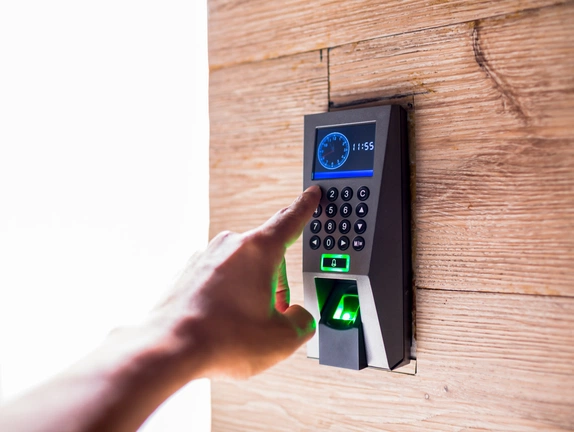Productivity
15 de August de 2025 - 20h08m
ShareWe live in a time when the concept of work has changed radically.
Digital transformation, the widespread adoption of hybrid and remote models, and the pressure for smarter results have placed companies before a challenge: how to measure productivity without reducing employees to a number?
For decades, performance was measured by time spent at the desk, punch cards, and the number of tasks completed. But in today’s world, that is no longer enough.
Productivity is about the story the day tells — not just how many hours were spent in front of a computer.
This is exactly the philosophy behind Monitoo, and specifically its most powerful feature: the Timeline.
Monitoo’s Timeline is much more than a chart or activity history.
It is a visual and chronological representation of how the workday unfolded: each task, each break, every moment of focus or distraction.
It transforms raw data into a clear and objective narrative of the team’s routine.
While other tools only track “active time” or “idle time,” the Timeline goes further:
If Monitoo were a human body, the Timeline would be the heart — pumping information to the entire management system.
It provides the raw material for all other platform features: Productivity Score, management reports, BI indicators, and strategic decisions.
Without the Timeline:
The Philosophy Behind the Timeline
Monitoo was created to change the way companies approach productivity.
The old logic — measuring only presence and hours — is limited. It ignores important aspects such as:
The Timeline incorporates a more humanized and intelligent vision:
“Don’t measure time. Understand the story.”
Each employee, project, and company has its own dynamics. Two employees may work the same number of hours but deliver completely different results. Without a feature like the Timeline, this difference would go unnoticed.
The Timeline is simple for users and powerful for managers.
During the workday, Monitoo records:
This information is then displayed visually and chronologically.
For example, a manager can see that the morning was focused on corporate systems, a 20-minute break occurred before lunch, and the afternoon alternated between productive and distracted periods.
This level of detail makes management much more precise.
Unlike invasive tools, Monitoo does not exist to “spy” — it exists to help professionals better understand themselves.
Employees can:
This autonomy is central to the Monilover philosophy: productivity with freedom and responsibility.
Productivity isn’t just typing, replying to emails, or attending meetings.
There is invisible productivity: time spent planning, thinking strategically, researching, and learning.
When recorded in the right context, these moments show that even periods without intense “on-screen activity” can be extremely valuable.
The Timeline makes this visible. For example:
Monitoo deeply respects privacy.
It does not capture screens, record audio, or log keystrokes.
The focus is on usage patterns, not content.
This ensures the Timeline is a smart management tool, not a surveillance tool.
Monitoo’s Timeline is more than a tool — it reflects how work really happens.
It shows that productivity goes beyond numbers: it’s understanding the story behind each day, turning data into actions and actions into results, always with ethics, privacy, and transparency.
The future of productivity lies in well-told stories — and each one starts here.

